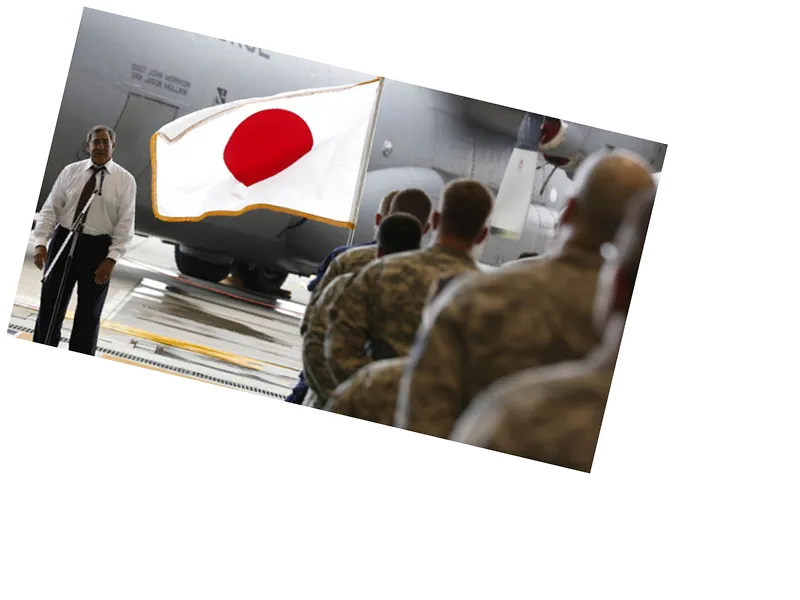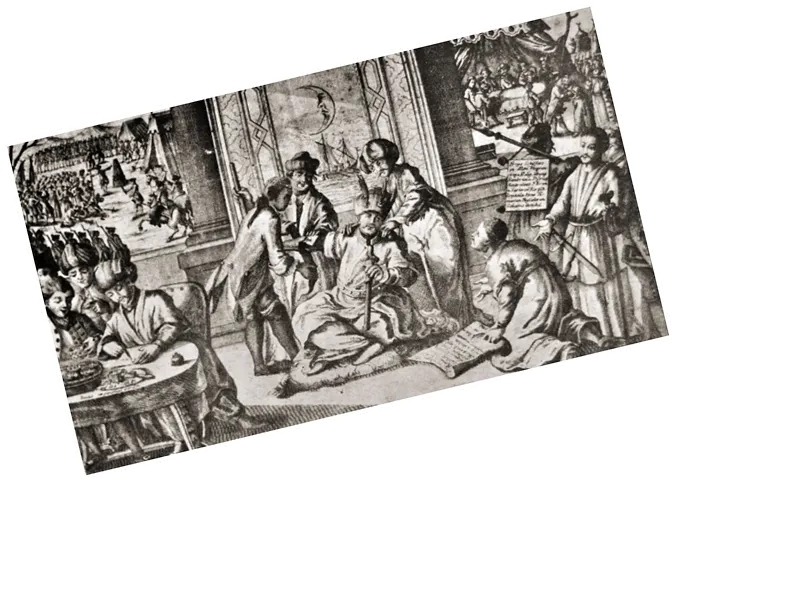The historical transformation of Japan from a militaristic empire to a peaceful democratic nation is a remarkable story of resilience and adaptation. After World War II, the United States played a crucial role in reshaping Japan's political and cultural identity through a structured occupation plan. This article delves into the three distinct phases of American occupation, highlighting key reforms and their lasting impacts on Japanese society and governance.
The first phase focused on dismantling militarism and establishing democratic governance. Under General Douglas MacArthur, the Japanese military was disbanded, and war crime trials were conducted to hold leaders accountable for their actions during the war. Educational reforms aimed to instill democratic values, while the new constitution significantly reduced the emperor's power, transforming him into a symbolic figure.
The second phase marked a shift towards economic recovery. The U.S. implemented policies to stabilize the economy, which became crucial during the Korean War, as Japan emerged as a key supplier for UN forces. This period laid the groundwork for Japan's post-war economic miracle, transforming it into one of the world's leading economies.
The final phase involved the gradual withdrawal of American forces and the establishment of a security agreement. Despite Japan regaining independence, the U.S. maintained a military presence, which has sparked ongoing debates about sovereignty and national security. Today, Japan faces new challenges, including rising tensions with China and North Korea, prompting a reassessment of its defense policies and military capabilities.
The legacy of the American occupation remains complex, as Japan navigates its identity as a democratic nation while grappling with historical grievances and modern geopolitical realities. The relationship between Japan and the United States has evolved into a strategic alliance, underscoring the importance of cooperation in addressing contemporary security challenges.






